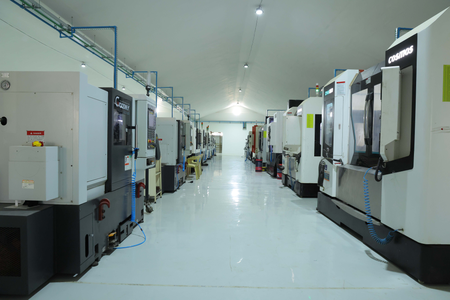
Bengaluru: When the GSLV-F16 rocket soared into space from the Satish Dhawan Space Centre in Sriharikota, it marked a proud moment for researchers behind a critical piece of technology — the Simplex Permanent Magnet Stepper Motors — that helped power ISRO and NASA’s joint Earth observation mission, NISAR.
These specialized motors, developed at the Sona Special Power Electronics and Electric Drives (SonaSPEED) laboratory in Salem, are a key part of the rocket’s actuator assembly. Built at Sona College of Technology, they played an essential role in regulating the fuel-mixture ratio — combining liquid hydrogen and oxygen — to ignite the cryogenic engine during the final stage of the GSLV-F16 launch.
The motor’s precise control over fuel and oxidiser mixing ensures stable combustion and consistent trajectory during launch, making it vital for the successful deployment of the NISAR satellite.
Described as simple yet highly sophisticated, the Simplex Permanent Magnet Stepper Motor offers accurate position control even under the extreme stresses of a rocket launch. This reliability is mission-critical, ensuring the engine functions optimally during ascent and that the satellite is placed into its intended orbit.
The NASA–ISRO Synthetic Aperture Radar (NISAR) mission represents a major leap forward in global climate and disaster monitoring. It offers all-weather, day-and-night imaging, helping scientists observe changes to the Earth’s surface with high precision.
According to the institute, SonaSPEED’s motors have been part of earlier GSLV missions, including the historic Chandrayaan-3 moon mission. The SonaSPEED facility near Bengaluru manufactures advanced components used in space and aerospace applications.
For nearly 20 years, the institute has been a trusted partner of ISRO, supplying high-performance electrical machines such as Permanent Magnet Stepper Motors, BLDC motors, and reaction wheels. Their technology has powered missions including Chandrayaan-2, Chandrayaan-3, and ISRO’s Reusable Launch Vehicle (RLV) landing tests.
Notably, the Simplex Permanent Magnet Stepper Motor was also a critical component in the actuator assembly of the LVM3 rocket used in Chandrayaan-3, which accomplished India’s first successful lunar south pole landing in August 2023.
With inputs from IANS